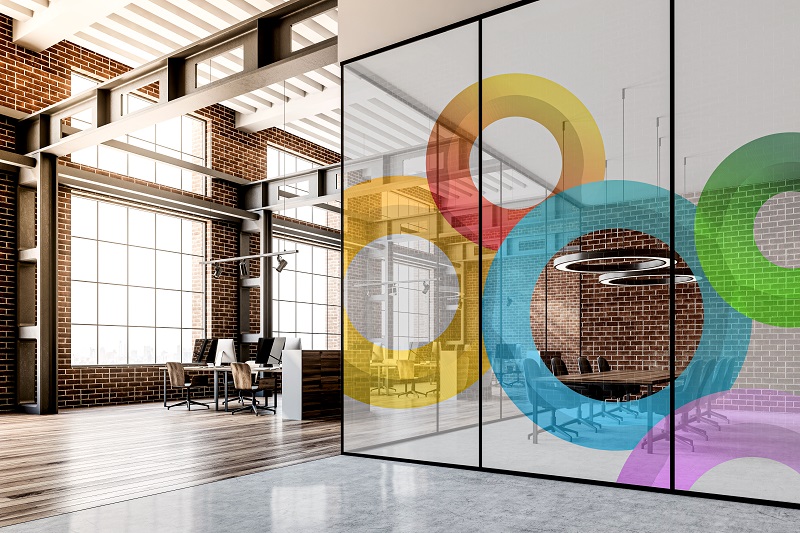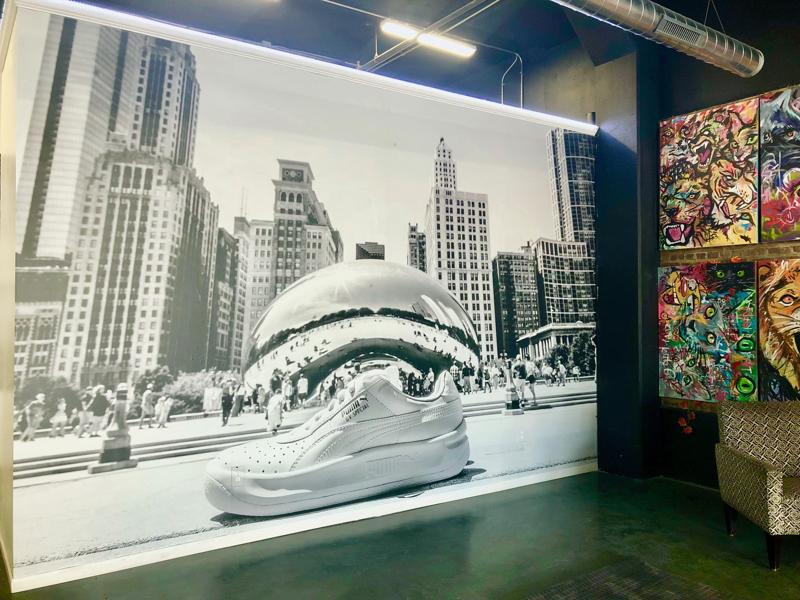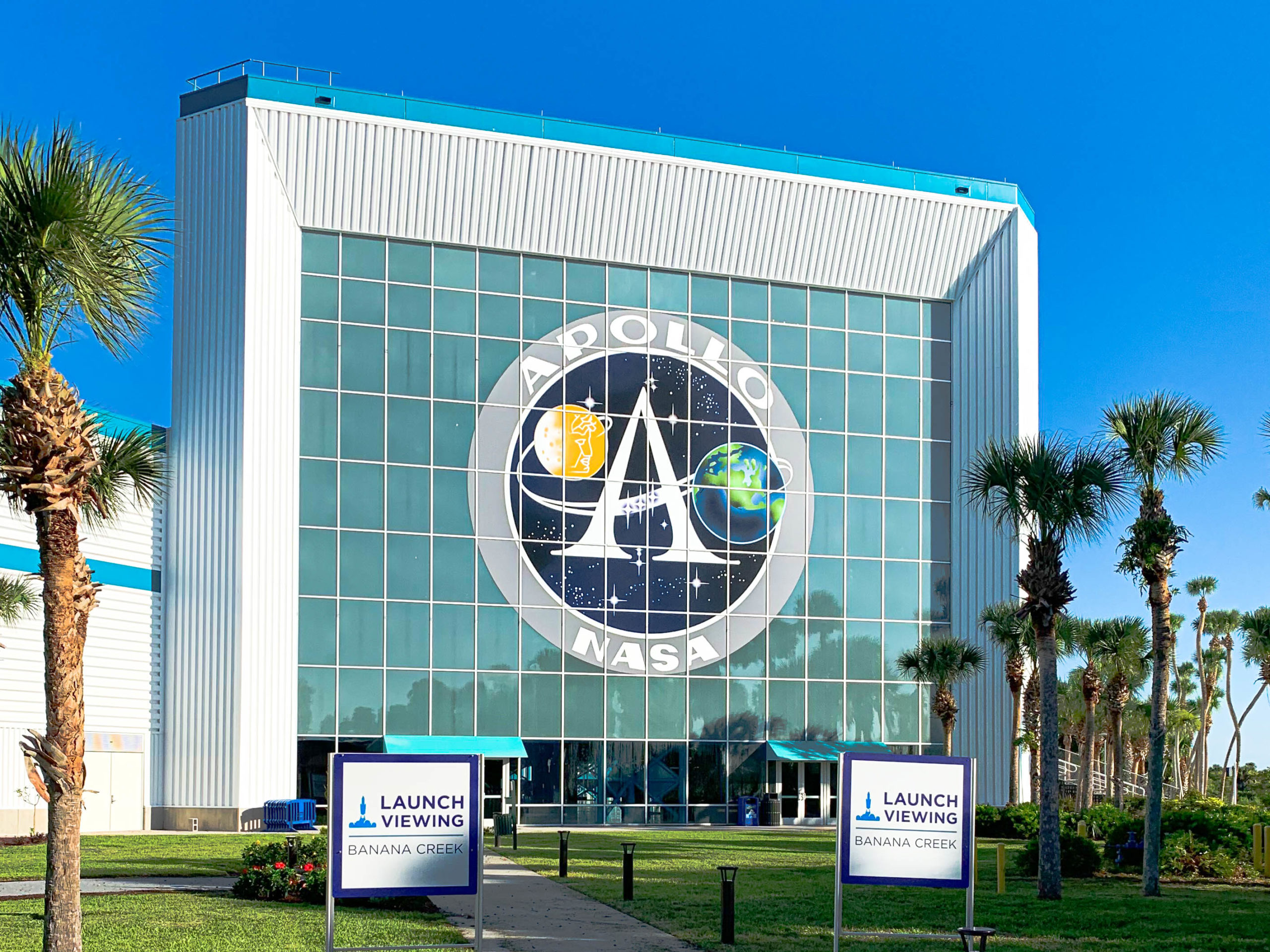Design

SpeedPro’s network of nationwide large format printing studios is prepped and ready to assist you with all aspects of your graphic design printing needs. Take a look at our online catalog of products or swing by your local SpeedPro location to check out samples. Our professional staff can help you with all aspects of the process, but to save some of your time here’s the information you need to know about what kind of digital files to bring with you or to send us when you’re ready to create your order. Going from simple poster designs, up to sweeping 50 ft. banners, SpeedPro can help you make memorable large-scale visual prints that share a perfect combination of imagery and high-resolution photos. Showcase your brand with large-format graphics to capture market attention. Vibrant sharp images with larger than life proportions.
If you need assistance creating a design from scratch, SpeedPro has complete graphic design services available and we can also make changes to the existing design at a set hourly rate. SpeedPro’s experienced graphic designers work on all projects from complex trade show displays to simple banners to vehicle wraps and more. Our team is great at cleaning up rough edges, enhancing text, and modifying graphics to take them to the next level.
We have high accuracy color matching capability. Digital printers do not print PMS and RGB colors, but upon request, our SpeedPro production team will spot match colors. We provide proofs prior to production runs to compensate for the fact that printed colors may look slightly different depending on various materials.
The Importance of Good Design
McKinsey recognizes design as a key factor in commercial success and so they have created a design index that directly correlates higher revenue with design and branding. Design is a broad term, but many of SpeedPro’s products—especially environmental graphics and retail graphics—are a significant factor.
The McKinsey Design Index team discovered that companies that ranked in the top quartile of their MDI (out of 300 companies studied) realized up to 4% higher revenues. The design leaders of those companies demonstrated a strong focus in four areas: analytical decision making, cross-functional teams, continuous iteration and user experience optimization.
Steps to prepare design files for large format printing
There are many popular image file formats, however, they are not all practical for the purpose of printing large format graphics. JPEG or .jpg files are the most common file used as the format uses a process called lossy compression to shrink the image file size. The quality of the image lowers with each edit and resave because of the likelihood of compression artifacts being introduced to the file. If size and resolution remain high, the JPEG format is fine to use for most photo printing needs. TIFF, tagged image file format, are used when image quality is most important and file size is not an issue. TIFF is the preferred file format for professional photographers as it uses lossless compression. The file size remains higher than JPEG, but TIFF files can be edited and resaved multiple times without introducing compression artifacts or degradation of image quality. PNG, or portable network graphic, and GIF, graphics interchange format types should be used for printing graphics as these file formats are primarily designed for digital. At SpeedPro we accept .ai, .psd, .eps, .tif, .pdf, .jpg Windows compatible file types. However, it is important to note that flattened .pdf, and .jpg files cannot be edited.
If you use Quark, InDesign, Corel, and miscellaneous sign programs other than Adobe Photoshop and Illustrator and cannot convert/export files to .EPS or .TIFF files, please convert it to a .PDF file. For text, please convert all text to outlines or send all font sets included in the file. Please provide the highest resolution original versions of linked raster images and convert all fonts to vector outlines or curves, depending on the program. Please send us font files in Windows PC format as MAC fonts are incompatible with our system and will not work.


What resolution is needed?
The larger the original image you submit, the more we can enlarge the image in order to maintain crispness. However, the further we enlarge from the original size the more pixelated and fuzzier the output will become. The ideal resolution is 300 dots per inch (DPI.) If the viewing distance is greater than 10 ft. a resolution of 100 DPI or 150 DPI, if the distance is less, is adequate.
Viewing distance and how close the target audience will be to the image are important considerations for large-form. As larger viewing distances require larger images but the greater the viewing distance, the lower an image’s effective resolution can be while remaining clear.
If you don’t already have a high-resolution image that you want printed, you can find royalty free images online at a number of .com sites for purchase or lease such as Istockphoto, Shutterstock, Bigstockphoto, Dreamstime, Masterfile, Corbis Images, Adobe Images and Getty Images. However, to get the best high-resolution image possible and ensure that it is completely unique, hiring a professional photographer or taking a competent digital image in-house is the best option. High-end modern digital cameras go to 12-Megapixels or more at this time, note that 1 megapixel is equal to 1 million pixels and 12 megapixels produces a resolution of 4288 pixels wide x 2848 pixels high. Keeping in mind the 100 DPI guideline mentioned above, the maximum output size with minimal distortion comes out at 42.88″ wide, 4288 pixels width/100. That is a good amount of pixel data and it gives us a lot of leeway to work with. SpeedPro uses special proprietary software to smooth out the “jaggies” of less than optimal files. Provided sufficient pixel data the software algorithms create better than Photoshop enlargements. We do not claim that it performs miracles, but it will make significant improvements.
Companies create wide-format signage to be viewed by multitudes of people from varying distances, therefore designs should stand out and be legible. If a potential customer can’t read or understand your sign, that is a lost interaction that negatively affects your brand recognition.
SpeedPro recommends creating mockups to be viewed from different distances – 2 ft., 10 ft,, 15 ft., etc. Take notes of what pops, what is legible and what gets lost or is blurred, and then make changes until the impact is comparable at all distances. Consider hiring a focus group or ask family and friends to tell you their impressions. Learning what people, who may be unfamiliar with your company, think of your sign graphics and designs will tell you a lot about how effective it is at communicating the message.
















